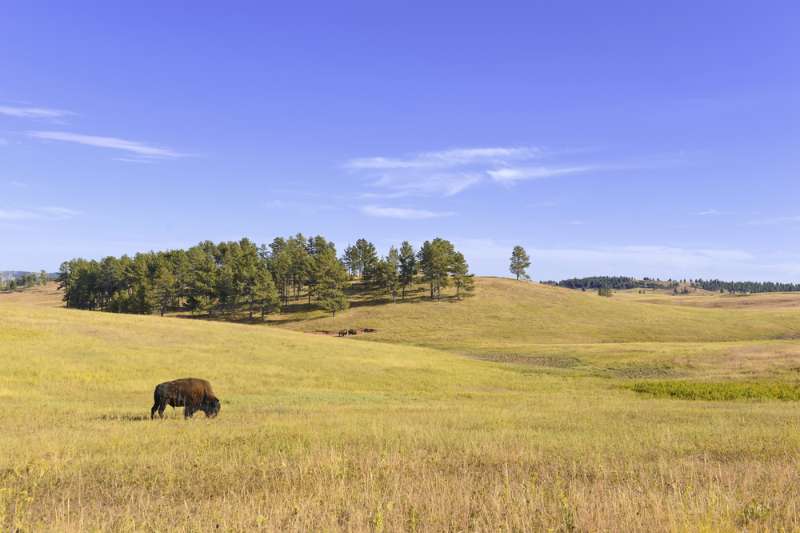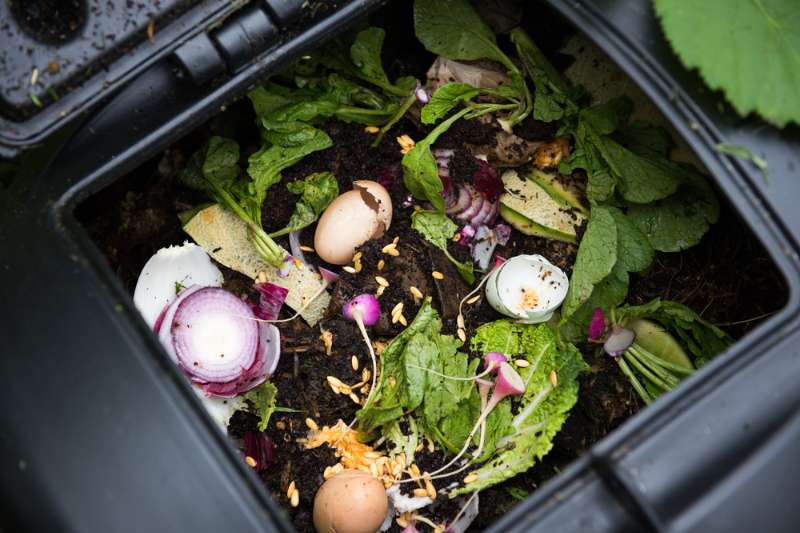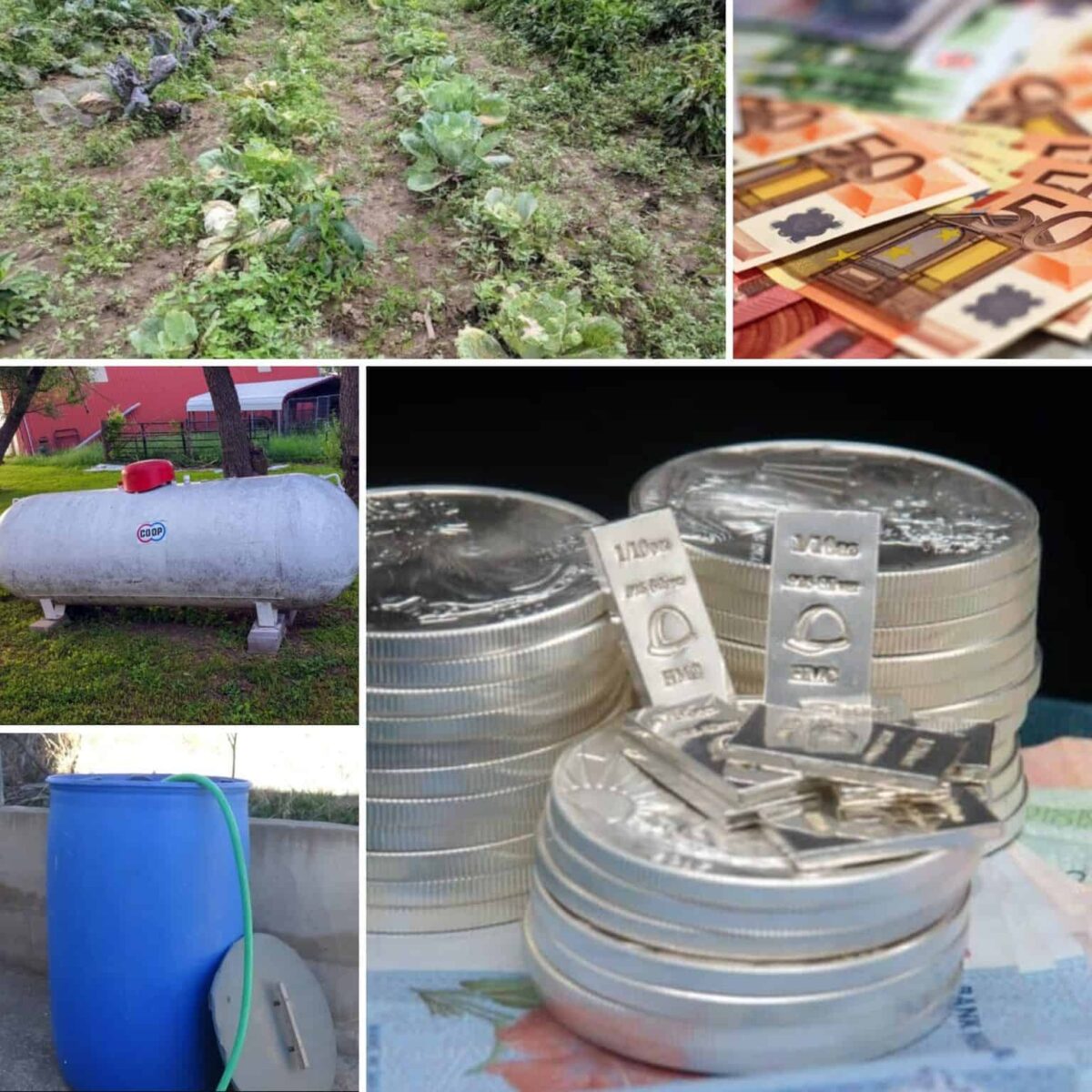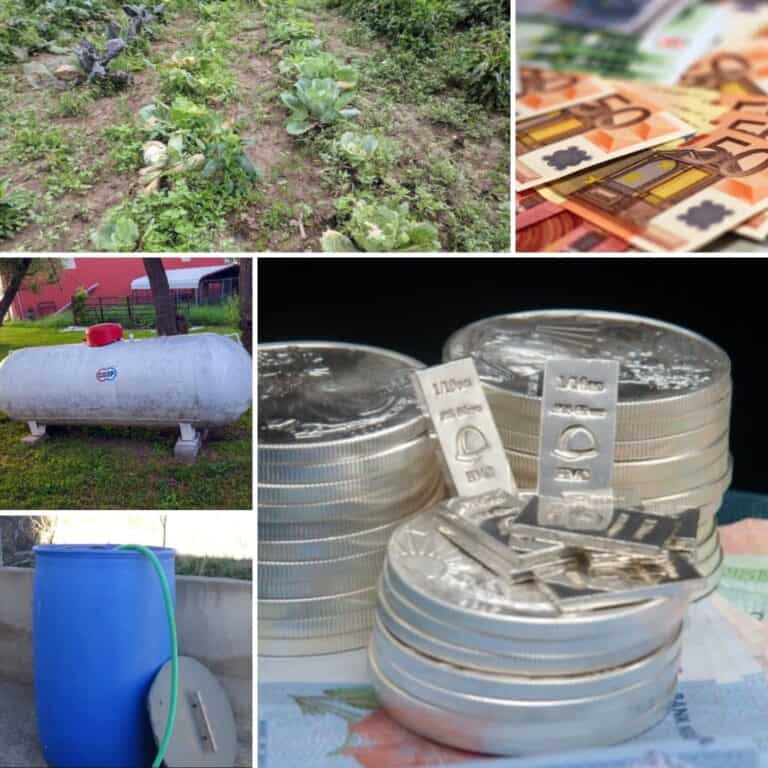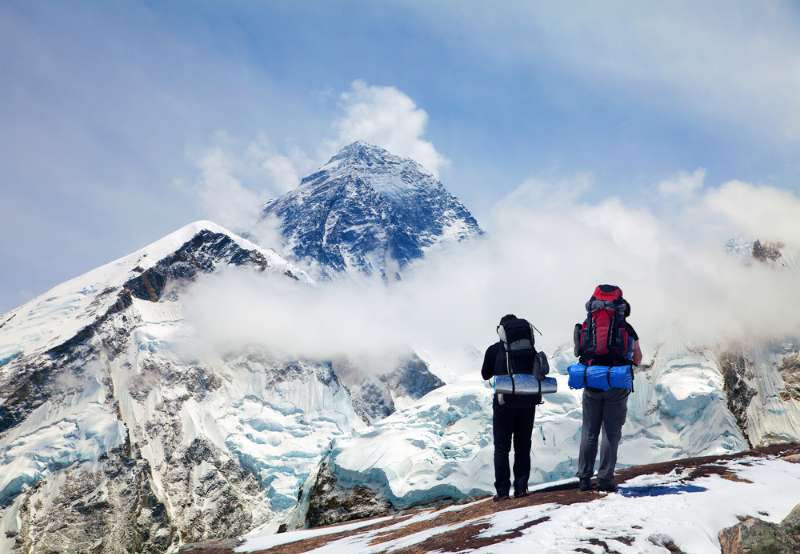Before European settlers came to the Americas, much of North America was dominated by larger herds of bison. While exact numbers are not known, estimates for the pre-1800 bison population range from 20 to 60 million. Today there are only about 500,000.
Bison were a critical part of the grassland ecosystem. They’re grazing patterns and manure helped to keep the soil rich and fertile. Without the bison, America’s grasslands are slowly dying.
However, ecologists and ranchers have come together to find a solution.
Holistic Management
With careful, planned grazing, domesticated cattle can be used to mimic the patterns of bison to restore the Great Plains.
Churchill says he learned these techniques 20 years ago from Allan Savory, who advocates “holistic planned grazing.” Today, the Savory Institute trains ranchers around the globe to use holistic planned grazing to achieve their social and economic priorities. Savory Institute’s Byron Shelton says a key is knowing when to move animals on and off of grass.
“Once it’s bitten, if it starts to regrow, we move the animals away until it has regrown,” he esays. “That way we have the roots being the strongest they can to hold soil, hold the water, make the ecosystem function … and to make it viably profitable to have people who make a living and have healthy communities.”
Click here to learn more about holistic management.
It may seem counter-intuitive, since for so long we’ve been told that cattle cause overgrazing and desertification. But we know it’s possible for larger herds of grazing animals to live on the grasslands, because 300 years ago millions of bison, elk, deer, and antelope lived sustainably on the Great Plains. While it would be great to get the wild herds back, if we can’t do that we should at least do our best with cattle and holistic management.
What are your thoughts on holistic management? Can cattle really be used to heal the grasslands? Let us know in the comments.
